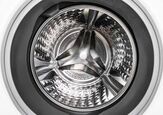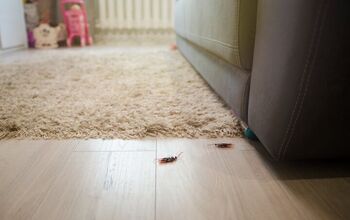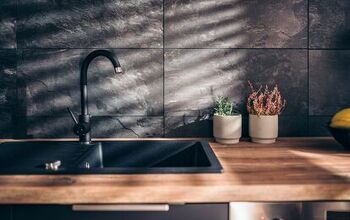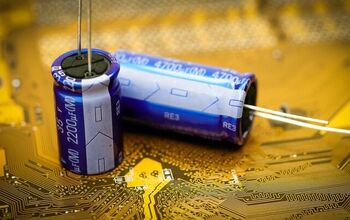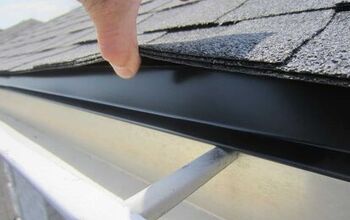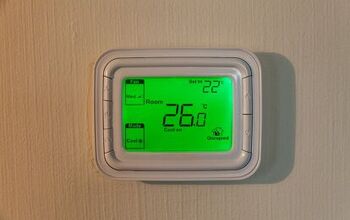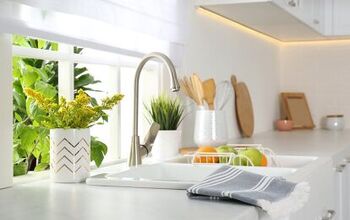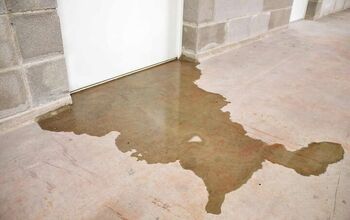Household Products That Double As Plant Food

If there’s a garden in your yard, then you know that in addition to watering and weeding, you need to feed your plants as well. Providing plants with the nutrients they need allows them to thrive, which results in better blooms and bigger harvests. Unfortunately, the cost of plant food can add up quickly, especially if you have a big garden. Luckily, there are products inside your home you can double as free plant food.
Some household products you can use as plant food that you usually throw away include potato and rice water, coffee grounds, egg shells, and banana peels. If you live somewhere tropical, coconuts and their husks can add many nutrients. Green tea leaves and some other teas also provide food for plants. Epsom salts, hair, wood ash, and even matches are products you can use to feed plants.
If you’re a gardener who is sick of spending money on plant food, then it’s time to start thinking outside the box. There are many products, many of which you usually throw away or dump down the drain, that you can use as plant food. To stop wasting these nutrient-rich items, keep reading. Below is a list of common household products that can double as free plant food for your garden.
13 Household Products You Can Use As Plant Food
1. Egg Shells
Almost every kitchen has eggs in it. After you crack eggs, you may set them aside for your compost, or simply toss them in the trash. Moving forward, consider crushing them up and adding them to your soil.
Egg shells are loaded with calcium carbonate, and can provide lots of much-needed calcium to your plants. Additionally, the sharp edges of eggshells help kill pests like snails and slugs, and can keep ants and other critters away. They can even help aerate your soil.
2. Epsom Salts
If you have some leftover Epsom salts, consider using some of them to help your plants grow. Salt is usually bad for plants, but Epsom salts in small quantities can help some plants thrive.
These salts are loaded with magnesium and sulfur, which are two elements that are crucial to a plant’s survival. Tomatoes and roses flourish when you add Epsom salts to them, and many gardeners swear by them when they want to boost yields.
Dissolve the Epsom salts in water to ensure the concentration is not too high, and then add the mixture to the soil.
3. Wood Ash
If you don’t know how to dispose of the ashes from your fireplace, you’ll be thrilled to know you can sprinkle them into your garden. Wood ash has just about everything a plant wants. There’s calcium, phosphorus, magnesium, potassium, and even small amounts of other elements.
In addition to all these nutrients, wood ash also helps deter pests naturally, making it a fantastic plant food.
4. Potato Water
When you boil potatoes, you probably drain the starchy water and let it go right down the drain. Most people do this. Moving forward, however, you might want to save that cloudy water for your garden.
Potatoes release some of their nutrients when they cook, hence the murky look of the water. This water might not look appetizing to humans, but it has food plants love, including potassium, magnesium, and phosphorus. Just ensure you let the water cool completely before watering your garden with it.
5. Banana Peels
Banana peels often get tossed into the trash or your compost. While they can add nutrients to your compost, you can also put them directly in the soil. Either chop them up finely, or dry them all thoroughly, and then grind up the peel, and then fold it into the soil.
Banana peels have tons of potassium, and also nutrients like phosphorus, magnesium, and calcium that plants need to thrive. If you go through a lot of bananas, then start saving the peels to feed to your plants.
6. Coffee Grounds
If you start each morning by brewing a cup of coffee, then it’s time to start saving those coffee grounds. Coffee grounds can easily be folded into soil and offer many different benefits. For one, their acidity level can help change your soil's pH if it is too alkaline or you are growing plants that like acidic soil.
Coffee grounds are also filled with tons of nutrients that plants need. They have lots of nitrogen, and also potassium, and phosphorus. Coffee grounds slowly release these nutrients as well, which makes them a highly effective plant food.
7. Green Tea
If you prefer tea to coffee, don’t worry, green tea is also a fantastic plant food. This plant is not only great for human health, but it also helps plants thrive. For one, green tea is a plant, and it helps improve the health of your soil.
It also has several nutrients that can slowly seep into your soil and then get absorbed by plants in your garden. Green tea has nitrogen, potassium, phosphorus, and other beneficial nutrients your plants need.
8. Rice Water
If you soak your rice before you cook it, you’ll notice it turns starchy and white, just like potato water. And just like potato water, this cloudy rice water can be used as plant food. For one, plants use this starch within the water for energy, but that’s not all.
This cloudy liquid has more nutrients than you might think. Rice water has nitrogen, potassium, and phosphorus. It also has some bacteria in it that are beneficial to your garden.
9. Matches
One household item you would probably never guess is good for your garden is a matchstick. But believe it or not, matches can be used as plant food in your garden. Matches contain phosphorus and sulfur, which are important for growing plants.
To extract these nutrients, simply soak the matches in water and then pour the water into the plants. You can also burn matches and stick them directly into the soil. This will release sulfur into the soil. Sulfur can help prevent and combat harmful fungi.
10. Coconut Husks
If you live in a tropical environment, especially by the sea, then you may have access to lots of coconut husks. If so, then consider using them in your garden as plant food. These husks are often used as mulch, as they can protect your plant’s roots and help with water retention, just like a quality type of mulch.
Coconut and its husks also contain plenty of nutrients, including iron, zinc, and potassium, which makes it a great plant food as well.
11. Fish Tank Water
Another product that you probably assumed has no beneficial use is dirty fish tank water. It is smelly, filthy, and filled with fish excrement. This all may be true, but this liquid is an incredible fertilizer for your garden.
Thanks to the fish poop in particular, fish tank water has a lot of nitrogen. There is also plenty of phosphorus and potassium. Add this water directly to your garden so your plants can enjoy all these nutrients.
12. Hair
It might sound strange and even gross, but you can use hair and hair clippings to feed your plants. What makes hair such a good plant food is that it has tons of nitrogen. Unlike other nitrogen-rich things, hair releases this nitrogen very slowly.
This means your plants can feed off it for a long time. Since plants always need nitrogen, this is a very good thing. Just make sure you cut the hair finely and bury it so you don’t have strands of hair flying around your garden.
13. White Vinegar
Vinegar has seemingly endless uses, so it should come as no surprise that it can be used to help your garden thrive. Vinegar is helpful to plants for all sorts of reasons. It helps kill weeds and deter pests, and it can even get rid of harmful fungus.
It can also break down minerals that already exist in the soil. This makes these minerals more readily available to plants. So while vinegar isn’t loaded with nutrients, it can help unlock nutrients that already exist in the soil.
Final Notes On Household Products You Can Use As Plant Food
Plants need to be fed regularly if you want them to thrive. But plant food in stores can cost a pretty penny, which might have you wondering what items around the house you can use as plant food. Luckily, there are a lot of things you usually throw away that you can feed to your plants. Coffee grounds, egg shells, green tea leaves, potato and rice water, and even the dirty water from your fish tank make great plant food. You can dissolve Epsom salts, soak matchsticks, or even bury human hair to give your plants vital nutrients without spending a penny.
Related Guides:
- Easy Ways To Help Your Spring Garden Thrive
- Top Vegetable Garden Mistakes To Avoid This Spring
- What Is The Best Mulch For Vegetable Gardens?

Tom Gaffey is an expert writer who currently resides in Washington D.C. Tom has a passion for real estate and home improvement writing, as well as travel and lifestyle writing. He lived the last twelve years in Hawaii where he worked closely with luxury resorts and event planners, mastering his knowledge of aesthetics and luxury products. This is where he found his passion for home improvement and a keen interest in DIY projects. Currently, Tom resides in Washington D.C, and also working on his debut fiction novel.
More by Tom Gaffey

